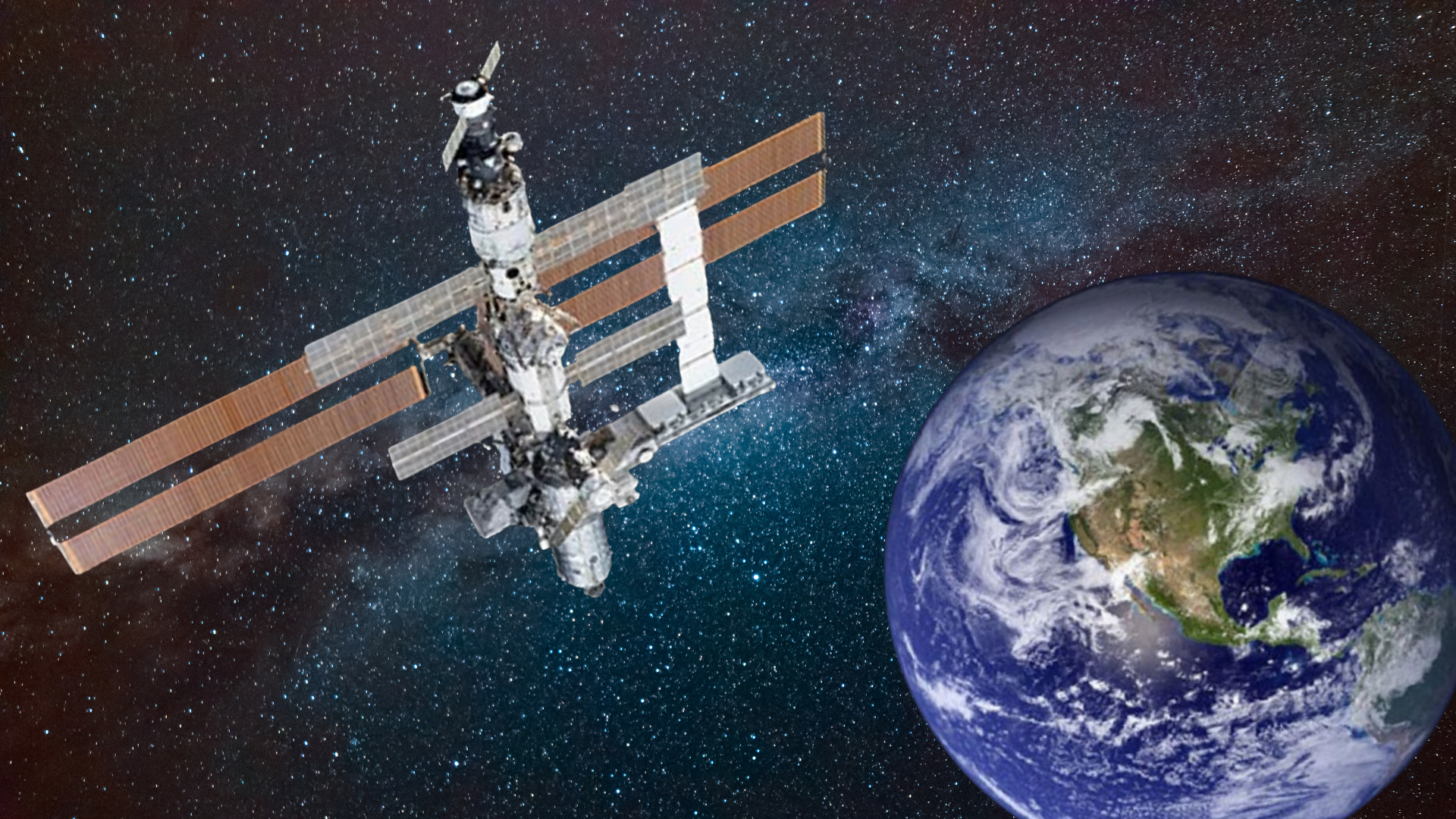
Concentrations of potentially harmful chemical contaminants on the International Space Station (ISS) could exceed those found in dust on floors in homes across the United States and Western Europe.
That was the conclusion reached in a first-of-its-kind new study that looked at dust collected by the air filtration system on the orbiting space station. One day, this investigation's results could help engineers design and build spacecraft for long-term human jaunts to space.
“Our findings have implications for future space stations and habitats, where it may be possible to exclude many contaminant sources by careful material choices in the early stages of design and construction," Stuart Harrad, a professor at the University of Birmingham in the United Kingdom and co-author of the study, said in a statement.
Related: New ISS experiment will help develop air conditioning for future space habitats
The team behind the research included other scientists from the University of Birmingham as well as some affiliated with NASA's Glenn Research Center. Together, these experts identified that levels of organic contaminants in ISS dust were noticeably higher than average median levels of such contaminants in house dust across the U.S. and Western Europe.
As for what types of contaminants were found, there was a pretty wide range.
For example, the team identified polybrominated diphenyl ethers (PBDEs), which are commonly used as a flame retardant in electrical equipment. The researchers think this chemical's presence could be the result of using inorganic flame retardants on the space station, such as ammonium dihydrogen phosphate, to make fabrics and webbing flame retardant.
However, Harrad pointed out that PBDE concentrations in ISS dust samples technically fall within the range of concentrations in U.S. house dust.
“While concentrations of organic contaminants discovered in dust from the ISS often exceeded median values found in homes and other indoor environments across the US and western Europe, levels of these compounds were generally within the range found on Earth," Harrad said.
Other flame retardants called novel brominated flame retardants (BFRs) and organophosphate esters (OPEs) were present in ISS dust samples too. These are used in electrical and electronic equipment, building insulation, furniture fabrics and foams. Some OPEs are currently under consideration for limitation by the European Chemicals Agency because they could potentially be toxic to human health at high levels.
The team also detected polycyclic aromatic hydrocarbons (PAHs), which are present in hydrocarbon fuels and released when these fuels are burned, polychlorinated biphenyls (PCBs), which are used in building and window sealants, and perfluoroalkyl substances (PFAS), which are used for stain proofing in fabrics. PFAs have been limited, and even banned, in some regions because of their potential negative effects on human health — certain PFAs are actually considered human carcinogens.
Further, some contaminants found on the ISS are classed as "persistent organic pollutants (POPs)," which are compounds that can accumulate in living tissues. POPs are also known to pose health risks to humans.
Many of these chemicals detected could be coming from commercially available items, the team suggested, including MP3 players, tablet computers, medical devices and clothing the ISS crew brought from Earth.
Air circulating through the ISS gets changed by the space station's filtration system between eight and 10 times an hour. But while scientists know this process removes carbon dioxide and gaseous contaminants, it isn't as clear how efficient it is at removing other chemicals.
Scientists also aren't sure how high levels of ionizing radiation in space, which causes accelerated aging of materials and breakdown of plastics to airborne microplastics, can affect the abundances of PBDEs, HBCDD, NBFRs, OPEs, PAH, PFAS, and PCBs in space-based dust relative to abundances in Earth dust — particularly in indoor environments.
In the microgravity environment of the ISS, the flow of contaminant particles is primarily driven by ventilation systems. Eventually, these particles either find their ways to surfaces where they are deposited or to air intakes where they collect as debris on filters. That debris must be vacuumed to ensure filters keep operating at maximum efficiency. (Other debris that finds its way to the filters comes from spacecraft cabins that bring crew and cargo between the ISS and Earth).
But importantly, what this means is used vacuum bags on the ISS are filled with previously airborne contaminant particles alongside other materials, such as hair and lint. And it was these vacuum bags where the team found their dust samples for analysis on Earth, which ultimately offered us a whole new understanding of what chemicals contaminants are bunching up on the ISS.
The team's research was published this month in the journal Environmental Science and Technology Letters.







